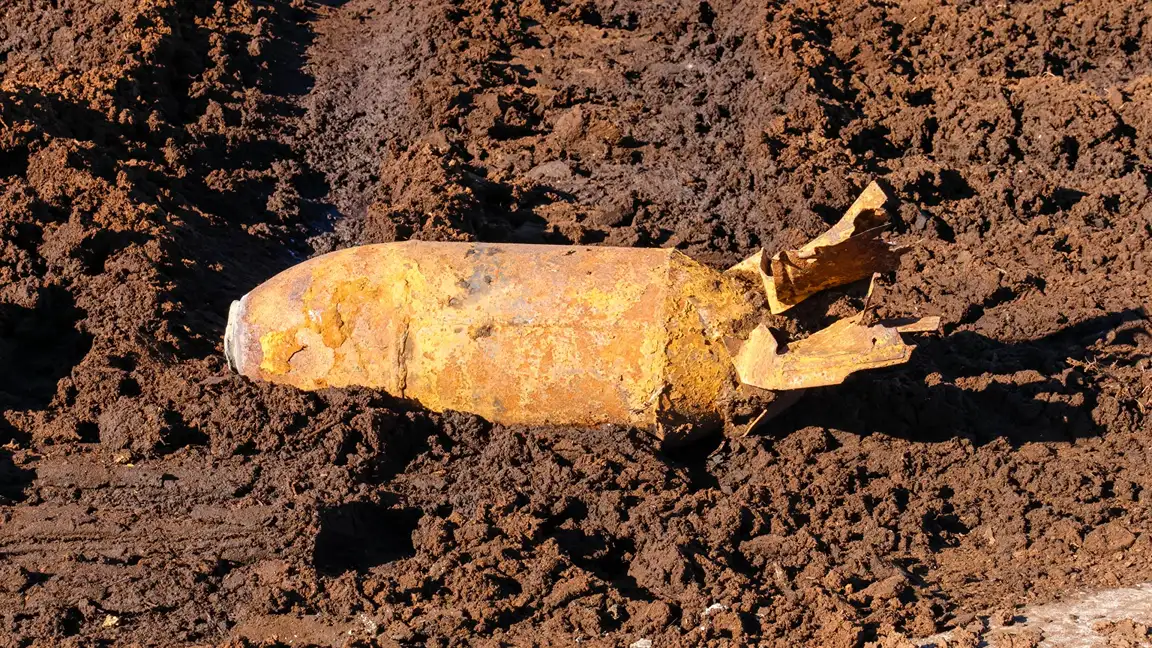1. Introduction
A routine dredging operation on the Rhine River in Koblenz took a dramatic turn when a WWII bomb was accidentally hauled aboard a vessel. The unexpected discovery triggered a swift and coordinated security response. Authorities have since scheduled an on-site defusal of the unexploded ordnance for Friday, with precautionary evacuation and safety protocols in place.
2. Discovery of the Bomb
The incident occurred near the Pfaffendorf Bridge in Koblenz, where a dredging vessel was conducting regular work along the riverbed. While clearing sediment, the crew uncovered a 500-kilogram WWII bomb. The ordnance, likely dropped during Allied bombing campaigns in the 1940s, had remained buried underwater for decades.
Upon identification, operations were immediately halted and emergency services were alerted.
3. Emergency Response
Following established safety protocols, the dredging vessel was carefully moved away from the discovery site to the Koblenz Moselle lock—considered a safer and more secure location. The Rhineland Palatinate Explosive Ordnance Disposal (EOD) squad was called in to assess the threat.
After inspection, specialists determined that the bomb could not be safely transported any further due to its condition. As a result, the defusal will be carried out directly aboard the vessel.
4. Defusal Plan
The bomb defusal is scheduled for Friday morning, with all operations expected to commence after 08:30. To ensure public safety, authorities will clear and secure the surrounding area ahead of the procedure. Local residents and businesses within the affected radius have been informed of the evacuation plans.
Traffic restrictions and controlled access zones will be enforced around the Moselle lock during the defusal operation, with emergency personnel on standby.
5. Historical Context
Koblenz, situated at the confluence of the Rhine and Moselle rivers, was heavily bombed during World War II. Discoveries of WWII-era bombs are not uncommon in Germany, particularly during construction or dredging activities in historically impacted regions.
These unexploded bombs, though dormant for decades, remain a serious threat. Germany maintains highly trained bomb disposal squads, who routinely manage such discoveries with professionalism and precision.
6. Conclusion
The discovery of the WWII bomb in the Rhine is a powerful reminder of the war’s enduring legacy. Thanks to the prompt response of the crew and the expertise of the EOD unit, the situation is under control, with plans in place to neutralize the threat safely.
Residents are encouraged to follow all safety instructions and remain calm as the defusal operation unfolds. With careful planning and experienced teams on the ground, authorities aim to resolve the incident with minimal disruption and maximum safety.
